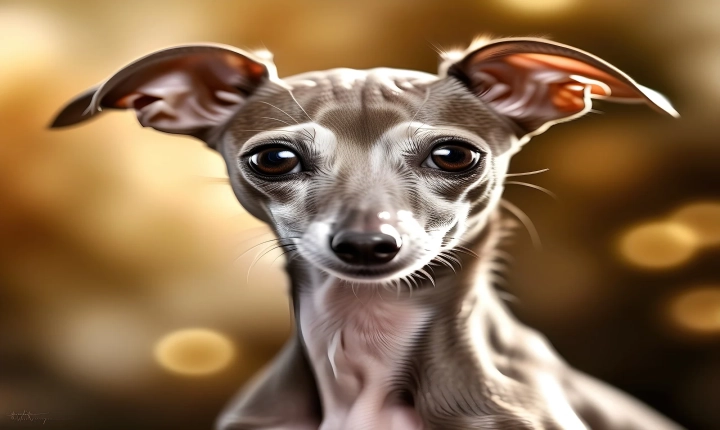“Can You Print AI Art?”
Artificial Intelligence (AI) has been making significant strides in the realm of creativity, with some AI-generated art pieces gaining notoriety and acclaim in the art world. However, a common question that arises is whether it is possible to print AI-generated art and, if so, what implications does this have for the art industry?
The advancement of AI has enabled machines to perceive, learn, and create in ways that were once thought to be exclusively human abilities. AI algorithms are now capable of producing intricate and captivating art pieces that showcase a level of complexity and originality previously unattainable by machines.
One popular form of AI art is generative adversarial networks (GANs), which involves two neural networks working in tandem to generate new content. These AI systems are capable of creating stunning and thought-provoking images, with some pieces bearing a resemblance to the works of renowned artists.
Given the rise of AI-generated art, many individuals and organizations are curious about the possibility of printing these digital creations. The answer is a resounding “yes” – AI art can indeed be printed. The resulting printed pieces can be displayed in galleries, museums, and private collections, just like traditional art forms.
Printing AI-generated art holds several implications for the art world. Firstly, it challenges traditional notions of authorship and originality. With AI creating the artwork, questions may arise about who owns the rights to the art and whether the AI itself can be considered the creator. This raises intriguing legal and philosophical questions that have yet to be fully addressed by the art industry.
Additionally, the ability to print AI art introduces new opportunities for artists, collectors, and art enthusiasts. AI-generated pieces can be mass-produced, making them more accessible to a wider audience. This accessibility may democratize the art world, allowing more people to engage with and appreciate AI art.
However, the proliferation of printed AI art also raises concerns about the commodification and devaluation of art. With the potential for mass production and distribution, the exclusivity and rarity traditionally associated with art may be diminished, impacting the perceived value of AI-generated pieces.
Furthermore, the proliferation of AI-generated art may lead to a decline in opportunities for human artists, as the allure and novelty of AI may overshadow traditional artistic practices. This could provoke a shift in the art ecosystem, raising questions about the future of human creativity in an increasingly AI-dominated landscape.
As advancements in AI continue to unfold, the printing of AI art presents both intriguing prospects and complex challenges for the art world. The coexistence of AI-generated art with traditional forms of artistic expression invites us to reconsider age-old concepts of artistry, creativity, and ownership.
In conclusion, the printing of AI art is not only possible but also opens up a world of possibilities and debates within the art community. It is a phenomenon that demands careful examination and contemplation as we navigate the evolving relationship between technology and creativity in the 21st century.
